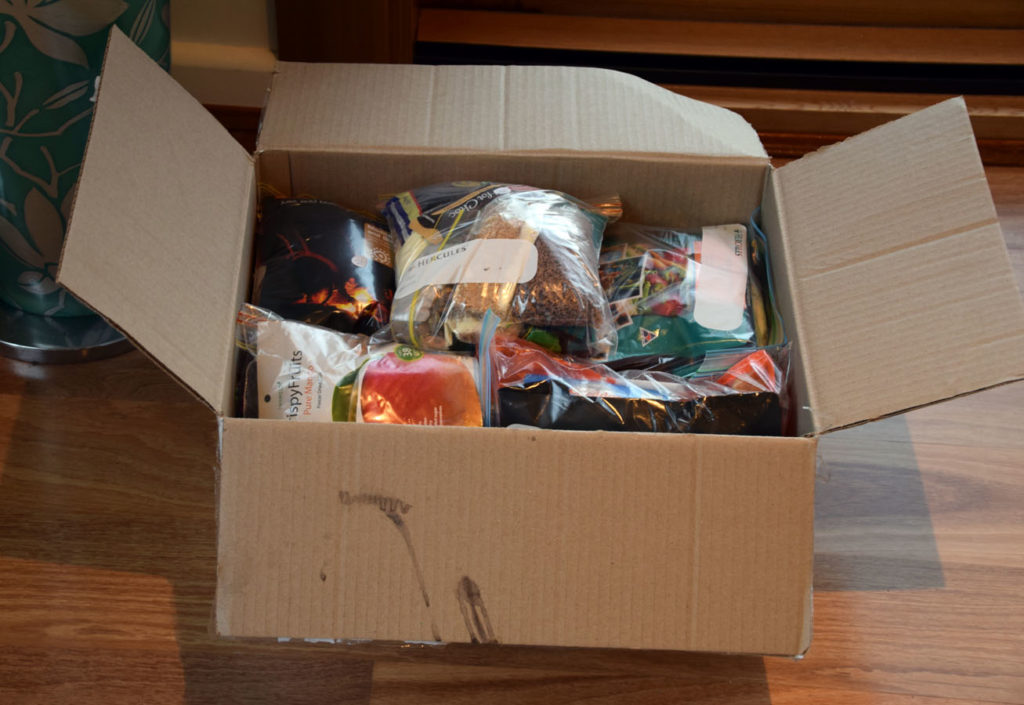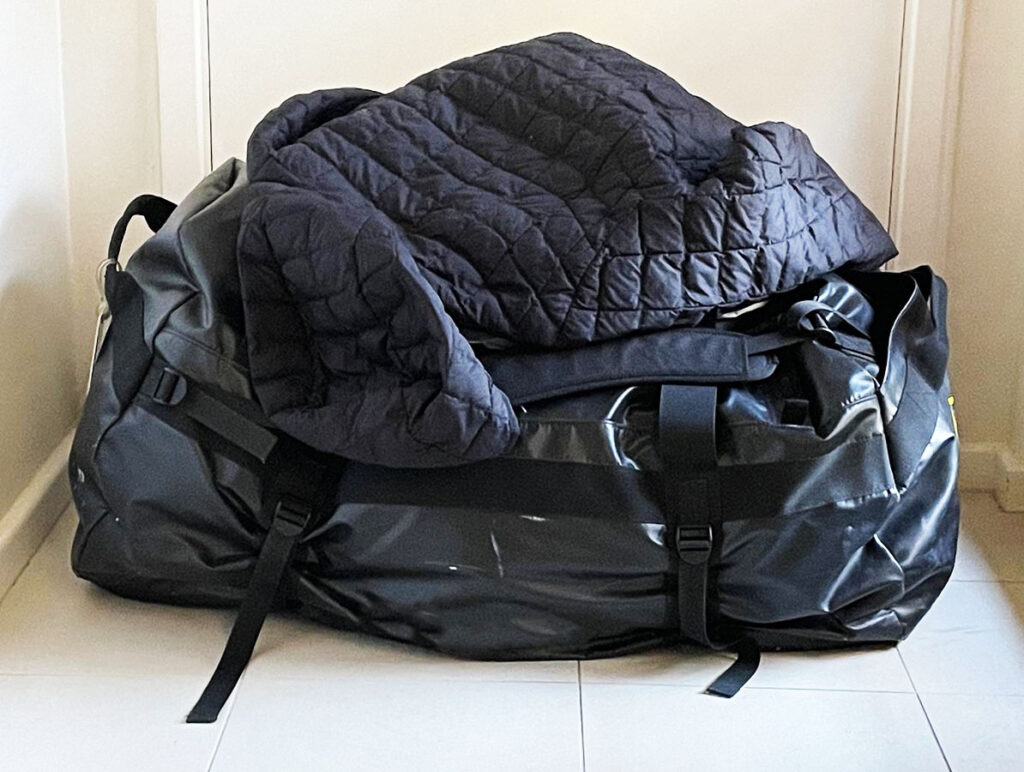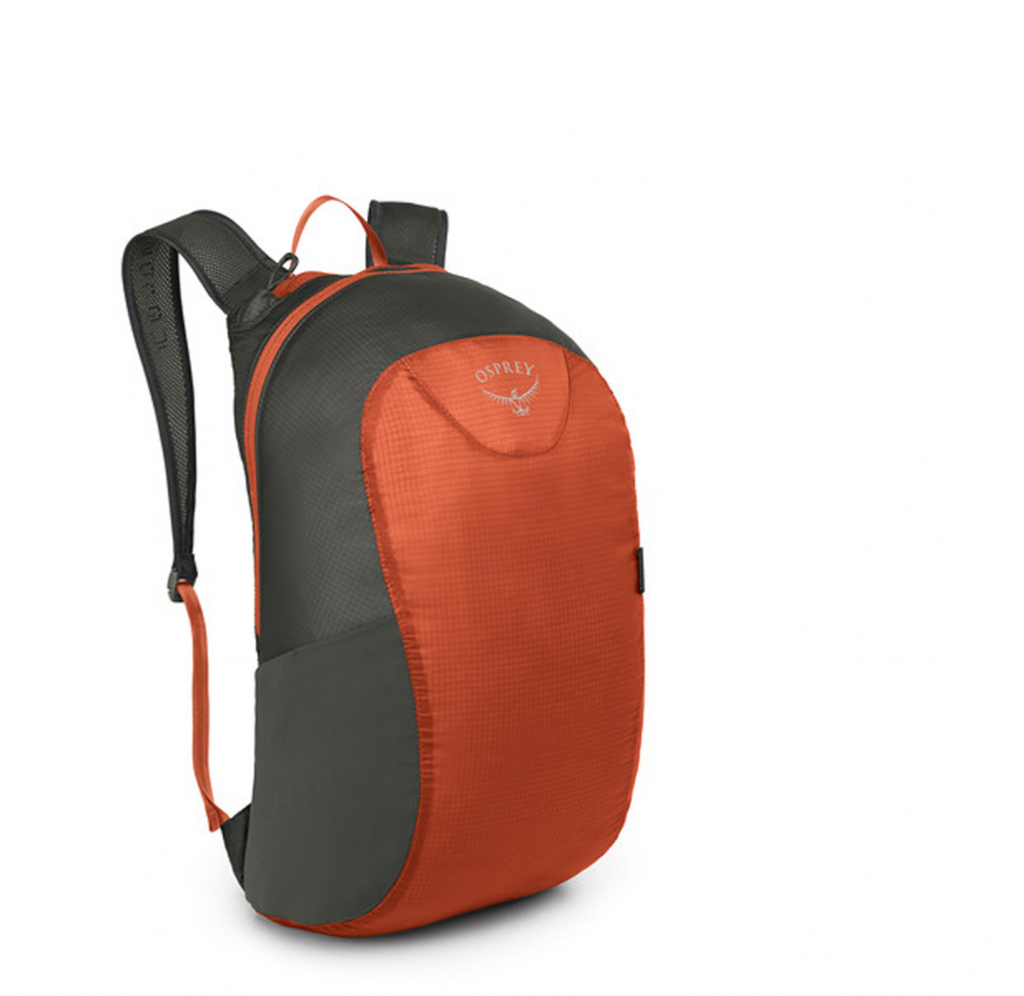Hiking and Plane Travel
Hiking practice
For many hikers getting to the start of a hike typically requires a car ride either in your own vehicle that you return back to at the end of a hike, or a drop-off and pick up by friends or family. Other forms of public transport such as buses and trains may fit the bill depending on the options of getting to a trailhead. But what about when you travel interstate or overseas and need to transport yourself, and all your hiking gear, on a plane? Travelling by plane creates a whole new set of logistical issues that you need to consider to get both you and your luggage to the trailhead with a minimum of fuss.
In this article we discuss considerations for hikes that require plane travel and provide tips to help you get the best out of not just your hike but the journey as well.
1. Pack what you need
Now this may seem obvious to everyone but only taking the essentials on any trip, let alone a hike, that requires interstate or overseas travel by plane is crucial. Due to my father’s job, I travelled a lot as a child and even as an adult we travel more than the average. Much of our travel is adventure travel requiring the transport of sporting equipment. Packing for us has become second nature.
The first tip is don’t leave packing till the last minute. Assemble everything for your trip in one area in the lead up to a trip. Use a checklist to ensure you have everything you need and question every choice you make based on environmental conditions, needs and wants. Remember you will be carrying everything!
- Assemble your full pack around a week out from your trip with everything that you will be carrying. Develop a system for packing that suits you as this will ensure everything has a place and you know where to look for each item
- As you put things into your pack think about why you are carrying each item and whether its needed
- Leave enough time to purchase any last minute items or replacements
- Pack what you are going to use and don’t pack things ‘just in case’. The exception to this is first aid and safety gear e.g. Personal Locator Beacon
- Once you’ve done an initial pack, pull everything out of the pack
KEY TAKE AWAY: Packing isn’t a last minute activity but rather a process done over a period of weeks so don’t leave it to the last minute

Having a packing system that works for you will make getting ready for a trip of any length that much easier. My spare bedroom progressively houses all my hiking gear and food leading up to the trip start
2. Dangerous goods
Airlines have a list of what they call ‘Dangerous/hazardous Goods’ that are prohibited from being carried on a plane altogether due to safety concerns (e.g. stove fuel, certain chemicals etc.) or if they are allowed, there is a limit to the quantity you carry and the location it can be carried (e.g. batteries and knives). These limitations are determined by the country of exit but also the country of origin for the flight.
- Batteries
- If you are using battery packs on your hike there is a maximum capacity you can carry on a plane. Check with you airline what they allow
- Stove fuel
- No go – you need to source when you arrive
- Knives
- Checked baggage only
- Duct tape
- Checked baggage only (because it can be used to restrain people)
- Did you know that some countries also prohibit the use of Personal Locator Beacons (PLBs)?
- Check before you go
- Check with your airline on what you can carry and how

Gas canisters or for that matter any other type of stove fuel, aren’t allowed on planes
3. Resupply options
Unless you are doing a short hike that will allow you to carry your entire meal requirements in your pack, then you will need to consider food resupply options.
- If flying interstate or overseas then your point of destination may limit what you can bring in due to the risk of transporting plant/animal disease into the country
- Check with the state/country you are travelling to. In some Australian states and many overseas countries the transport of certain fruits and foods is prohibited. Get this wrong and you may lose some of your meals when you arrive
- While I like to make my own dried fruit for a hike, this is often not an option when travelling by plane
- Work out before your trip what you will be doing in regard to food resupply. I rely on commercially prepared freeze dried meals and snacks. While they may be more expensive than making your own, you are usually guaranteed of getting them to your destination without having them confiscated
KEY TAKE AWAY: Always check with you destination state/country on the requirements for the import of food

Homemade Cinnamon Dried Apple. While I love this snack, I only tend to make this when I am driving to the hiking trailhead

Food resupply in a box. This will be posted ahead to pick up at a future date
4. Checked baggage
The bulk of your equipment will end up as checked luggage and while I have seen people put their hiking packs in the hold of an aircraft, there is always a risk that the straps and buckles will get caught and with so many small pockets, its hard to keep it secure.
For a long time now both Gill and I pack all of our hiking gear in duffle bags when we travel by plane. The length of your pack will dictate the duffel bag size but we typically use a heavy duty plastic style 100-120 litre duffle bag with handles. The empty pack goes in the bottom and everything else goes in on top.
I find that a large duffle bag will fit all my gear in including 8-10 days of food. This style of duffle bag allows me to fold up the duffel bag when I get to my destination and then post it back home or to my accomodation point at the end of the hike to use on the return trip. I have used this approach for the past 15 years and it has worked well.

5. Carry on baggage
In most cases you will need to carry personal items on the plane with you. Things like wallet, glasses, cameras, tablet and other smaller items.
In addition, if you use battery packs these will need to be carried on the plane as well as they shouldn’t be packed in your checked baggage. In this case you have two options. First option is to use a plastic bag. I have done this in the past and for some reason I find it awkward because its hard to secure. The second option and my preferred one, is to use use an ultra lightweight foldable pack like the Osprey Ultralight Stuff Pack. This little pack weighs under 100 grams and on my longer trips it gets used when I go to the shops.

Osprey Ultralight Stuff Pack
6. Travel clothing
We will usually travel in our hiking clothes and very rarely carry any casual clothes for outings. There are exceptions here and as an example in 2016, when we hiked the Larapinta Trail we traveled in casual clothes, left our bag and clothing at the hotel we were staying at, did the hike, and then returned back to the hotel and changed into our spare clothes.
Which method we use will depend on what sort of trip we are doing and whether the start and finish point are the same.

Tim at the airport ready to go at the start of the Bibbulmun Track
7. Duffle bags
If you’re a serious backpacker, don’t be tempted by so-called travel backpacks that have hideaway straps or wheels for rolling around airports. While convenient for business trips or touring out of hotels, they’re too heavy and awkward to use for backcountry backpacking.
If you must check your backpack (again, a last resort), pack it in a tough duffel bag to protect the straps and compartments.

8. Pre hike resupply
One last thing to consider when travel by plane to a hiking destination is the last minute resupply before you start. If you use a stove you will need to purchase stove fuel before you head off along with other last minute items. Depending on your destination there are a couple of options. You can allow some time prior to heading off on your walk to make your purchases or you can ‘phone ahead’.
I’ve had a number of hikes where I contacted the local hiking store and asked them to deliver stove gas to my accomodation before I arrive. This allows you to start walking early the next day if that suits you better.

Last minute pre-hike purchase such as stove fuel
Last words
For seasoned travellers plane travel can become second nature and won’t require much thought. However if this is the first time you have travelled by plane to go on a hike, then it can be a sharp learning curve. Travelling by plane to get to a hiking destination provides you with freedom to really explore even if its within your own state or country. Traveling by plane also forces you to really put thought into what you carry and why – that’s not a bad thing!